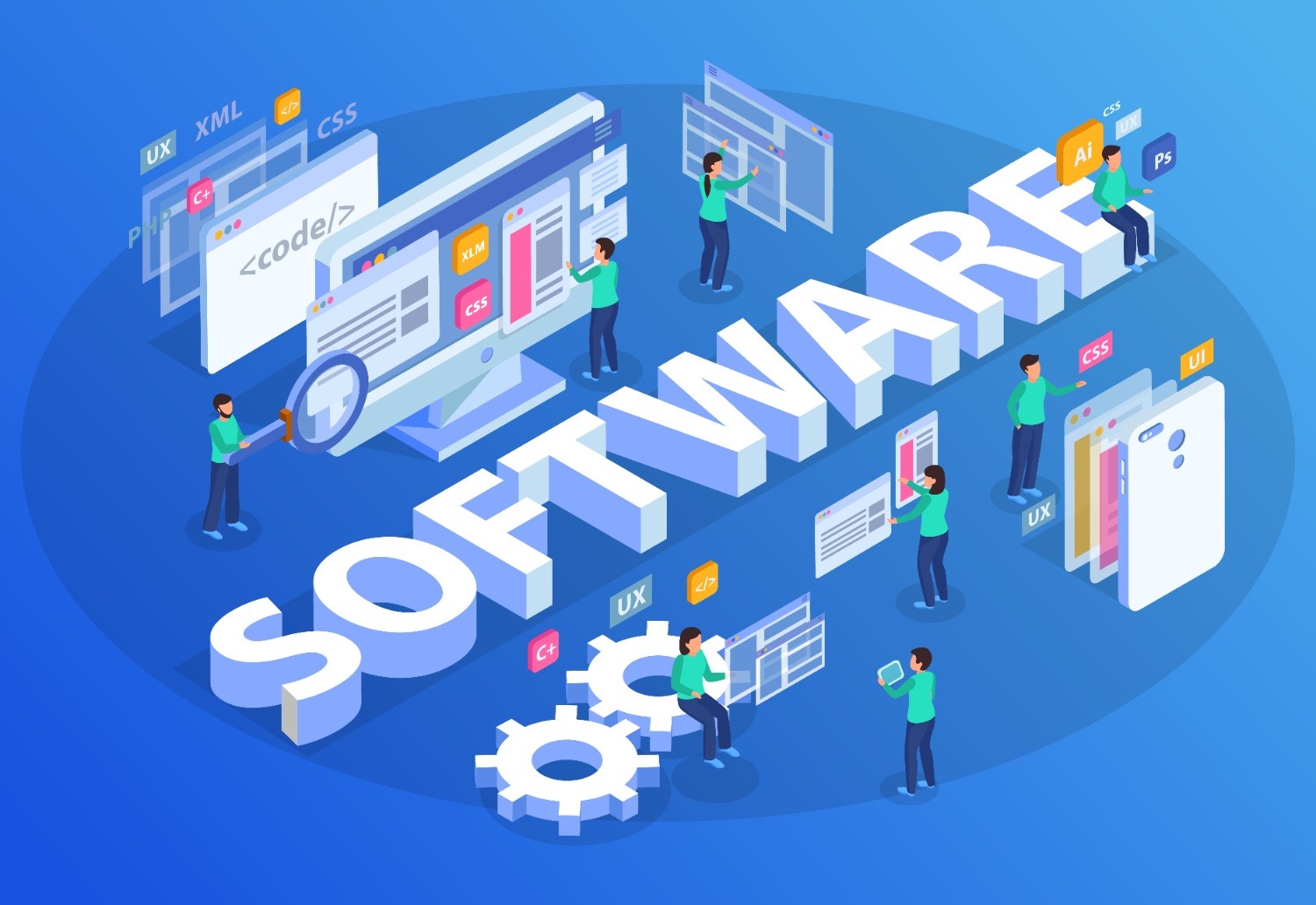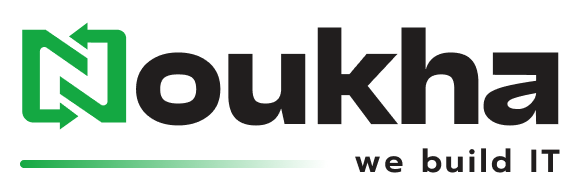Business owners face this choice constantly. The current software isn’t working anymore – reports take too long, integrations break regularly, and the monthly costs keep climbing. Time to find something better.
The question becomes whether to buy another ready-made solution or finally invest in custom software development. Most companies get this decision wrong because they focus on upfront costs instead of long-term business impact.
Off-the-Shelf Software: The Hidden Costs Add Up
Those polished demos make everything look simple. Click here, data flows there, reports generate automatically. The monthly subscription seems reasonable compared to custom development quotes.
Then reality hits. The software works great for generic business processes but struggles with industry-specific requirements. Manufacturing companies need different inventory tracking than retail stores. Export businesses have documentation requirements that domestic companies don’t face. Service companies track time differently than product companies. 
Monthly fees start small but grow quickly. The base package covers basic functionality. Advanced features require premium tiers. More users mean higher costs. Integration with existing systems needs additional modules. Within six months, software budgets can triple from initial estimates.
Integration challenges become expensive problems. Most businesses run multiple software platforms – CRM systems, accounting software, project management tools, inventory systems. Getting these platforms to communicate properly often requires expensive middleware or custom API development that wasn’t included in the original budget.
Scaling becomes problematic as businesses grow. Off-the-shelf solutions have fixed feature sets and rigid user structures. Growing companies either outgrow the software’s capabilities or pay premium prices for enterprise versions loaded with unnecessary features.
Custom Software Development: Building for Business Advantage
Custom software development creates tools designed around specific business processes rather than forcing businesses to adapt to generic software limitations. This approach particularly benefits companies with specialized workflows, unique industry requirements, or competitive processes that shouldn’t be standardized.
When companies hire Noukha custom software developers, the development process starts with business analysis rather than technology decisions. Understanding current workflows, identifying bottlenecks, and mapping growth requirements comes before selecting programming languages or frameworks.
Custom software development services in Coimbatore through Noukha focus on solving specific operational challenges. Businesses dealing with multi-region operations, complex inventory management, or specialized reporting requirements often find custom solutions more effective than attempting to force generic software into specialized roles.
The financial picture changes significantly over time. Custom software requires higher upfront investment but eliminates recurring license fees, user seat charges, and upgrade costs. Companies own the software completely and can modify it as business needs evolve without vendor dependency.
When Off-the-Shelf Solutions Make Sense
Generic software works well for standardized business functions that don’t provide competitive advantage. Accounting software, email platforms, and basic HR systems often make perfect sense as off-the-shelf purchases since these functions operate similarly across most businesses.

The decision criteria should focus on whether the software handles core business processes or supporting functions. Core processes that differentiate the business typically benefit from custom development. Supporting processes that follow industry standards can often use proven off-the-shelf solutions effectively.
Budget constraints affect this decision, but not always in obvious ways. Scalable software for startups through custom development can actually cost less than accumulating multiple software subscriptions, especially when considering long-term growth plans and feature requirements.
The Noukha Development Approach
Working with a software development company India that understands both technical requirements and business realities makes the development process more predictable. This means starting with actual business problems rather than theoretical technology solutions.
The development process examines what slows business operations down. Manual data entry that could be automated. Customer service teams lacking access to necessary information. Growing businesses outgrowing spreadsheet-based processes that worked at smaller scale.
Custom software firm USA and India partnerships provide advantages for businesses operating in both markets. Different regions have different regulatory requirements, customer expectations, and operational challenges. Custom software can accommodate these variations seamlessly while off-the-shelf solutions often require expensive workarounds.
The India-US software dev model works particularly well for businesses needing round-the-clock development progress. Development teams can work continuously across time zones, providing faster delivery while maintaining direct communication with business stakeholders.
Making Strategic Software Decisions
The choice ultimately depends on three factors: how central the software is to competitive advantage, how unique the business processes are, and what the long-term growth plans include. 
Software handling core business functions, specialized processes, and supporting significant growth plans typically justifies custom development investment. The upfront costs pay off through operational efficiency, competitive differentiation, and avoiding recurring subscription expenses.
Businesses considering custom development should work with development teams that understand business strategy first and technology second. The right developers help identify which processes deserve custom solutions and which work fine with existing platforms.
Most successful businesses don’t treat this as an either-or decision. They use off-the-shelf solutions for commodity functions and invest in custom development for processes that create competitive advantage. This hybrid approach maximizes both efficiency and strategic value.
Long-term Business Impact
Choosing between custom software and off-the-shelf solutions reflects broader business strategy decisions. Off-the-shelf works when businesses need standard functionality quickly and cost is the primary concern. Custom software development makes sense when software will differentiate the business, handle unique processes, or support ambitious growth plans.
The most successful approach combines both strategies appropriately. Use proven solutions for standard business functions while investing in custom development for competitive advantages.
Software decisions should amplify existing business strengths rather than force operational changes that eliminate competitive advantages. The right development partner will help identify which processes deserve custom solutions and which are better served by existing platforms.
Companies ready to explore custom software development should find partners who ask about business goals before discussing technical specifications. Good development teams help businesses make strategic software decisions that support long-term growth rather than just solving immediate problems.
FAQ
Q.What’s the real cost difference between custom and off-the-shelf software?
Custom software typically costs 3-5 times more upfront than initial off-the-shelf subscriptions. However, off-the-shelf costs continue indefinitely through license fees, user charges, integration expenses, and upgrade costs. Most businesses find custom software costs less over 3-5 years, especially when scaling operations or requiring multiple integrated tools. The break-even point usually occurs within 18-36 months depending on subscription complexity and user growth.
Q.How long does custom software development actually take?
Most business software projects take 3-6 months from requirements gathering to deployment. Simple automation tools might complete in 6-8 weeks while comprehensive enterprise systems can require 6-12 months. The key advantage comes from phased delivery approaches where functional software provides business value throughout development rather than waiting for complete project completion. Development timelines depend heavily on requirement complexity and integration needs.
Q.What happens to custom software after the development team finishes?
Custom software ownership includes source code, documentation, and hosting control. Businesses can maintain software internally, work with different developers, or contract ongoing support from the original development team. This differs significantly from off-the-shelf software where businesses depend entirely on vendor support and update schedules. Proper documentation and knowledge transfer during development ensures long-term software maintainability regardless of future support arrangements.
Q.Can custom software integrate with existing business systems?
Custom software typically integrates more seamlessly than off-the-shelf solutions because integration requirements are built into the original design. Developers can create direct connections to existing CRM, accounting, inventory, and other business systems without requiring expensive middleware or complex API configurations. Integration capabilities are planned from project start rather than added as afterthoughts, resulting in more reliable data flow and fewer compatibility issues.
Q.Is custom software more secure than popular business platforms?
Custom software can provide better security when properly developed because it doesn’t present the widespread attack targets that affect thousands of businesses using popular platforms. Security measures can be designed specifically for individual business requirements and industry compliance needs. However, security depends entirely on development team expertise and implementation practices. Businesses should verify development teams follow security best practices and include security requirements in project specifications rather than assuming custom software is automatically more secure.



